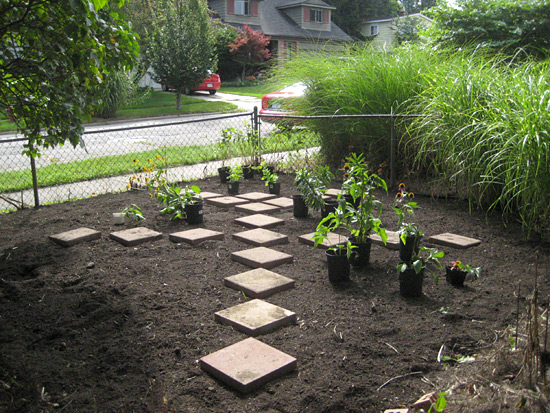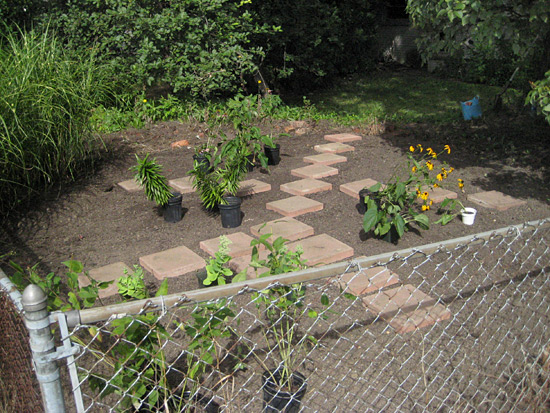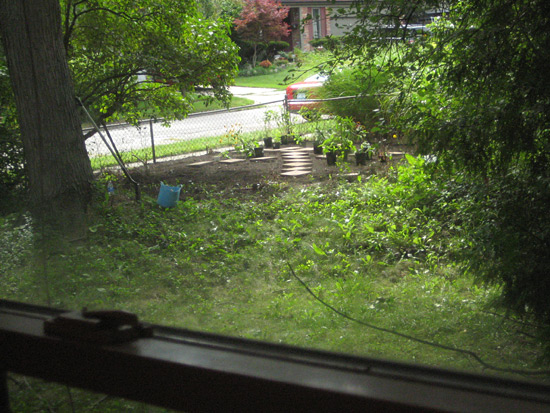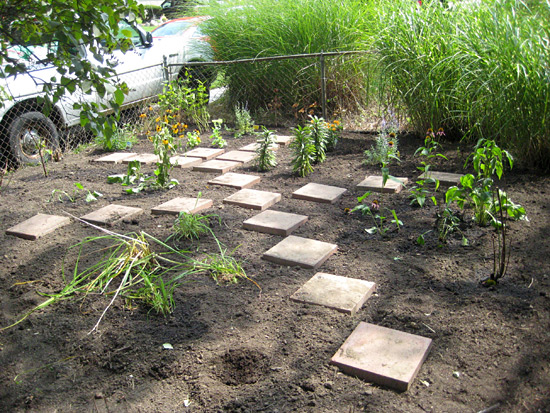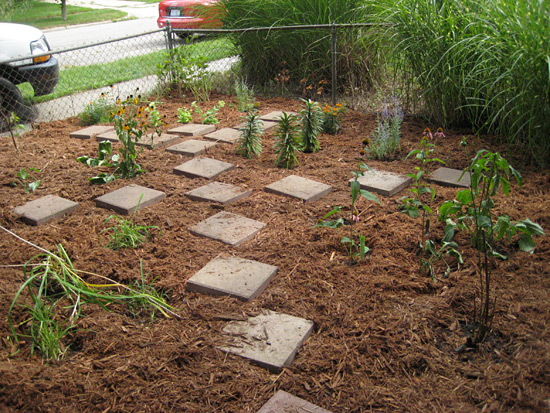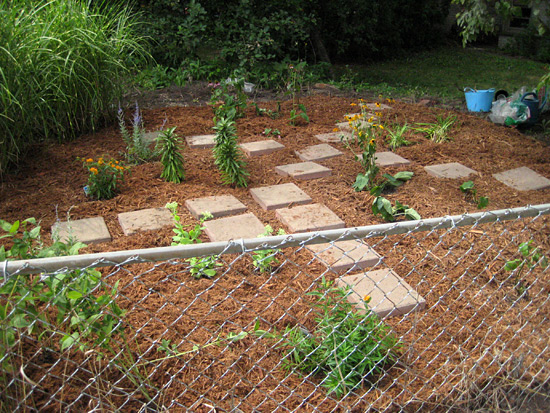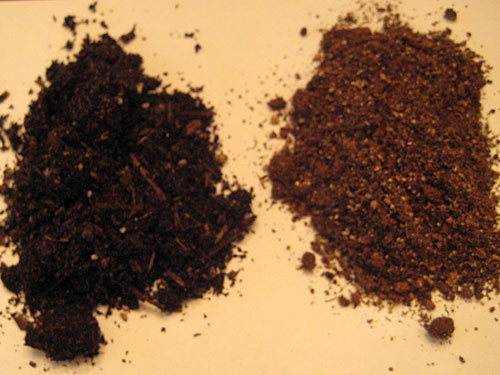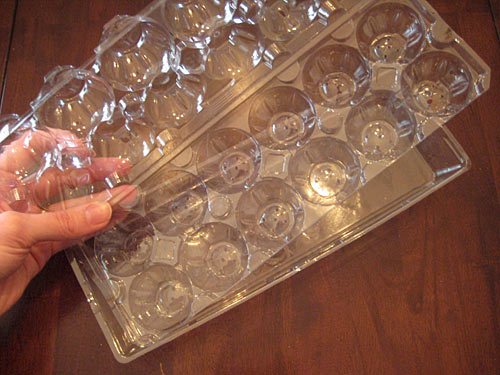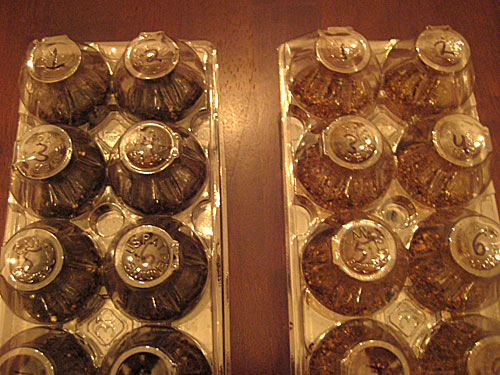Growing vegetables this year was, well, challenging. The routine has been to plant seeds for cool crops in April, plant seeds and seedlings for warm crops after the last frost or by Memorial Day, and then try to squeeze in a small crop of greens in the late summer to fall.
This year I actually managed a staggered planting of spring cool crops. Then we promptly left the country. Poor planning? Argh. Well, then I was busy getting the rest of the Lot in shape, so our only warm crops this year are 3 tomatillo plant volunteers, some basil, a handful of garlic and beets (carrying over from spring), and what looks to be a volunteer cherry tomato plant.
However, tonight I have successfully planted seeds for a late season collection of cool crops! Here’s what went into the ground:
- Arugula Rocket (35 days to harvest)
- Baby Leaf Hybrid Spinach (30-40 days to harvest)
- Baby Bok Choy Pak Choi (35-55 days to harvest)
First Frost Date
What I have to watch out for will be the first frost date, the first evening the temps at ground level dip to 32 degrees F, for our area. There are first frost maps that can give you an average of when that fateful evening is going to arrive. For our area, this first frost map predicts it will be between October 1 and October 10.
For a more accurate first frost date, I’m going to be checking the local station on the EnviroWeather website.
Crop Tolerance
I discovered on the MSUE Extension site that different crops are more tolerant of frost than others. I guess I knew this in part because I realize our summer veggies would not do well, if even survive, our spring season here. However, I didn’t connect this with cool crops actually having a bit of frost tolerance instead of just being okay in cooler weather.
Vegetables developing from flowers (like tomatoes, beans, okra, cucumber) are more sensitive to frost. On the other hand, vegetables that are roots or leaves are more hardy. Plants like spinach can stand a frost of less than 28 degrees F. Brr.
It is possible I will utilize the new row covers I constructed this past spring just to be on the safe side. This will ensure the above plants are safe from frost damage until they are ready to harvest.
Resources
Frost and Freezing in Fall Vegetables
